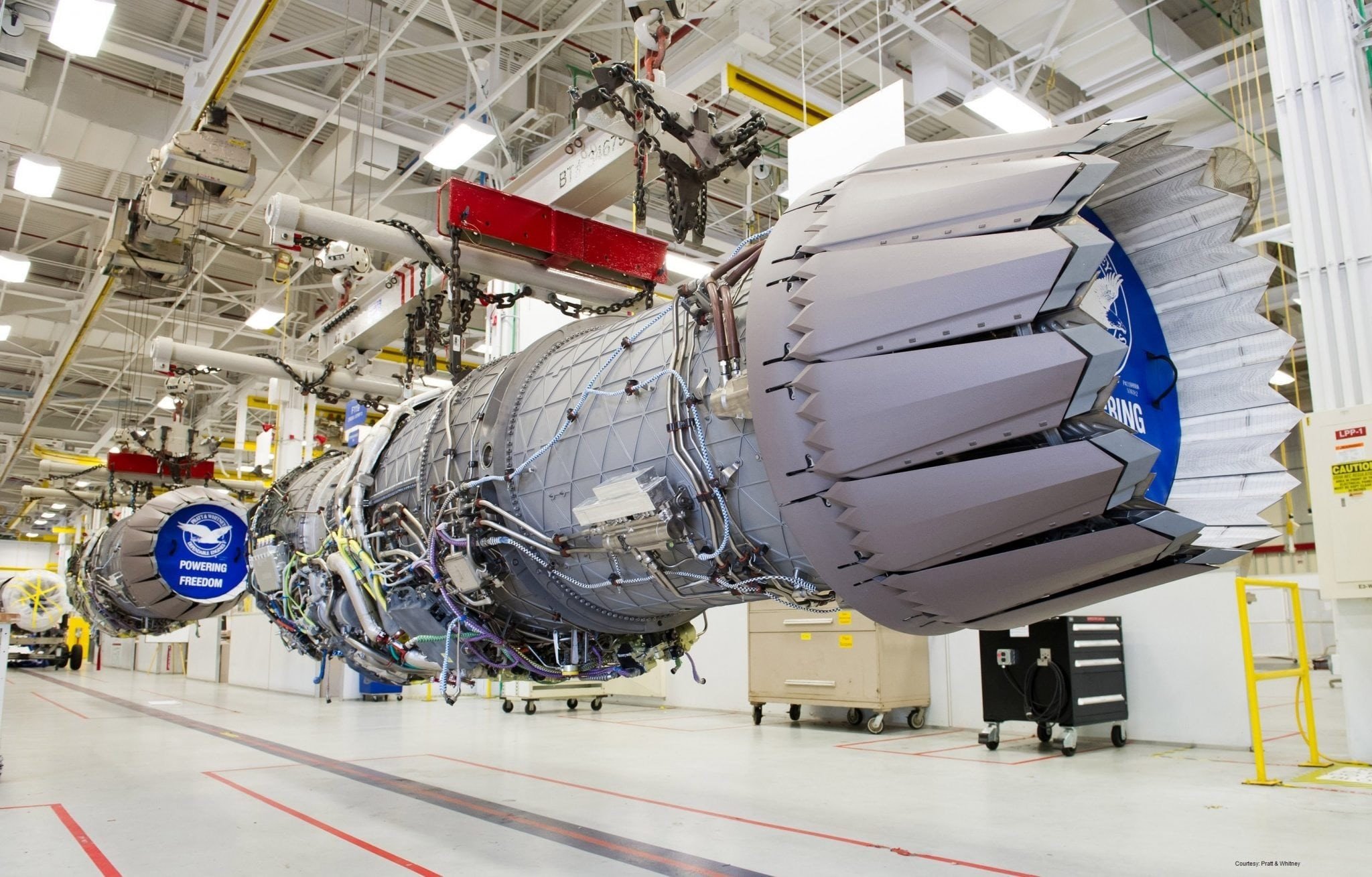
By Will Stirling
If you were running an entire industry like you should run a factory, manufacturing just to reduce a heavy order backlog would be seen as good management when sales are slow. That is the situation forced upon the commercial aircraft industry, as almost no new orders mean production at many companies remains steady but only to reduce the global order book for new aircraft.
The total backlog of commercial aircraft orders in October was 13,355, a number that is constantly falling – the backlog topped 14,200 units in 2019. Cancellations in 2020 were the highest in recent years, with 554 aircraft and 1,080 engines cancelled from January to October, but it has not made a massive dent on the huge order book. But notably, aerospace and defence business group ADS says cancellations to date appear separate to the effects of the coronavirus pandemic. Airlines order planes with a long lead time, more than two years for some models, so they are planning for the aviation recovery – experts say the market will recover to pre-Covid levels in three to five years.
So, while aircraft manufacture still has a solid pipeline, the pace is way down. Global aircraft deliveries rose in October with 85 aircraft built, the most in any month in 2020, but that’s still 12.4% less than in October 2019. The biggest component of deliveries this year and 2019 are Airbus single-aisle aircraft.
Orders are the worst measure of health. There were just 43 aircraft orders in seven months this year; by comparison, there were 1373 orders in 2019, more than 100 a month. And there were big job losses at Rolls-Royce, Airbus, Boeing and other primes that had to correct for the new normal, with Boeing suffering badly from the 737 Max fatal crashes.
While 2020 will sadly be the aircraft industry’s worst year yet, several bright spots are looking ahead to 2021.
Look to partner to access R&D funding
Much of the exciting activity is in aerospace is in R&D, especially funded research projects run by the Aerospace Technology Institute (ATI) based at Cranfield University.
There are funding opportunities for subcontract engineering firms that can prove they have expertise in specific operations like titanium or composite machining and can add value to a project. ATI has £2.8bn in aerospace research projects, £1.4bn government-funded that is match-funded by industry. 341 partners have received grant funding covering organisations from every UK region. But only 210 SMEs have received grant funding of £79m, so there is much more scope for smaller companies to get involved in this funding bonanza and to work with aerospace primes, tier ones and universities.
The projects are divided into four priority areas: Aircraft Systems (£415m), Propulsion and Power (£1,202m), Aerostructures (£512.5m) and Vehicles (£140m).

Another exciting new research and manufacturing facility is GKN Aerospace’s Global Technology Centre in Bristol. GKN received the keys to the new centre in July 2020. The GTC – funded by a £17m commitment from GKN Aerospace and £15m commitment from the government, through the Aerospace Technology Institute – will be fully commissioned over the next year and will open in the first half of 2021. It will become the company’s UK technology hub and shows GKN’s devotion to sustainable manufacturing technologies, focusing on additive manufacturing, advanced composites, assembly and Industry 4.0 processes to enable high-rate production of aircraft structures. GKN Aerospace has now secured more than 25 collaboration partners for the new centre, which will house 300 engineers when at full capacity. “This is a real milestone… we look forward to completing the building and making it a great place to work,” said the President of GKN Aerospace’s Civil Airframe business, John Pritchard. “We have dozens of committed industry partners already set to join us at the centre, as together we shape a more sustainable future of flight.”
Support for diversification
As aerospace suffered in 2020, more suppliers pivoted to produce parts for other industries. Several aerospace-focused companies, including AVPE, AE Aerospace and XCEL Aerospace, supplied The Ventilator Challenge with components – the industrial collaboration to produce medical ventilators to treat patients with severe Covid-19 symptoms. Denroy Plastics in Bangor, Northern Ireland, has repurposed some capacity to manufacture more (non-ventilator) medical equipment and many subcontractors have had to find work beyond aerospace. Such diversification is likely to continue through 2021 as the aerospace sector continues to flag.
To help aerospace SMEs find new work, Sharing in Growth (SiG), which was established originally with the help of Rolls-Royce to help small firms win big aerospace orders and grow, is working with renewable energy to boost the UK supply base. “Offshore wind is a huge growth opportunity with the UK Government’s commitment requiring over £40bn of investment in 10 years to generate the necessary capacity,” says SiG Managing Director, Andy Page. “OWGP (https://owgp.org.uk) is working hard with SiG to maximise the amount that is done in the UK. Many of the top tier customers are overseas-based on an incumbent supply chain, so promoting the best UK companies needs to be done forcefully.”
 While SiG is supporting existing renewable energy suppliers to win business from turbine and power system builders, it will be running events in 2021 to give aerospace firms the chance to switch into this work.
While SiG is supporting existing renewable energy suppliers to win business from turbine and power system builders, it will be running events in 2021 to give aerospace firms the chance to switch into this work.
Aircraft part manufacturers will also be buoyed by the extra £16.5 billion in defence spending announced by the government in November. The government said this would be in addition to the minimum 0.5% increase in defence spending for each year of this parliament. The proportion of this budget spent on military aircraft will be limited, but versatile subcontractors should see multiple opportunities across the military, naval and aircraft equipment portfolio.
Boeing comes back but Covid distorts the future picture
Brazilian airline Gol resumed commercial flights of the Boeing 737 Max in December after the model was grounded worldwide in March 2019 following two fatal crashes in six months.
This was a big vote of confidence that Boeing has fixed all the technical issues that led to these disasters. In December, Ryanair extended its order book of 737s with a further 75 to 210 aircraft. It will be a long way back for Boeing, which culled 30,000 employees globally in 2020, but Gol and Ryanair’s actions will spur other airlines to reorder these aircraft, which before the scandal were popular and highly rated for fuel economy.
The Covid-19 crisis has taken a huge toll on commercial aerospace but some of the figures need analysis to see what’s really happening. Aircraft deliveries have plummeted but lockdowns made it difficult to fulfil deliveries in practise, so when a vaccine is widely available in 2021, we should expect to see deliveries increase. In addition, ADS says, airlines chose to delay their new deliveries. “Rather than receiving them in the summer and getting them airborne with suppressed demand, they opted to postpone delivery rather than cancel the order,” says head of communications at ADS, Alex Hamilton.
 The other brake on orders is that airlines normally know clearly which model they want, but the Covid-19 crisis has created a hiatus where airlines are watching which models prove popular in the market as it comes back.
The other brake on orders is that airlines normally know clearly which model they want, but the Covid-19 crisis has created a hiatus where airlines are watching which models prove popular in the market as it comes back.
As economic conditions improve next year with the roll-out of Covid vaccines, new orders could have a snowball effect as caution is lifted and unspent cash is released by the aircraft majors.

